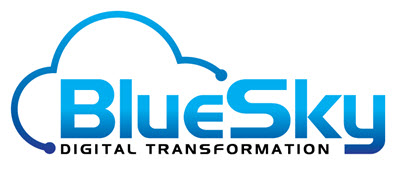Dynamics 365 development is a constantly evolving field, with the JavaScript API being no exception. Exciting advancements have been made in this space, such as the introduction of WebApi’s method, which allows for basic CRUD operations (Link).
Gone are the days of worrying about including JSON files or calling jQuery libraries just to make simple API calls. The platform now provides straightforward methods for performing basic CRUD operations.
To illustrate this, here’s a simple example. I utilized the fantastic REST Builder tool to generate the code. This code searches for an email address and retrieves the full name of the corresponding contact record.
function FindContactRecord(email) { Xrm.WebApi.online.retrieveMultipleRecords("contact", "?$select=fullname&$filter=(emailaddress1 eq '" + email + "')&$top=1").then( function success(results) { var result = results.entities[0]; var fullname = result["fullname"]; ProcessData(fullname); }, function (error) { console.log(error.message); } ); }
The above code works great for a single record, since the ProcessData function gets invoked in the success function of the WebAPI call. When we start to do bulk operations, the code starts executing asynchronously. Here is an example of calling the function multiple times. This code is only for illustrations purposes. If we were to query multiple contact records, our best practice is to batch multiple email addresses into a single WebAPI call.
function ProcessData(EmailArray) { var contactFullnames = new Array(); for (var i = 0; i < EmailArray.length; i++) { contactFullnames.push(FindContactRecord(email[i].trim())); } return contactFullnames; } function FindContactRecord(email) { Xrm.WebApi.online.retrieveMultipleRecords("contact", "?$select=fullname&$filter=(emailaddress1 eq '" + email + "')&$top=1").then( function success(results) { var result = results.entities[0]; var fullname = result["fullname"]; return (fullname); }, function (error) { console.log(error.message); } ); } //Main function var contactFullnames = FindContactRecords(EmailArray); ProcessData(contactFullnames);
The main issue we face with the above code is that the contactFullname array will not return any elements since JavaScript engine is executing the WebAPI calls asynchronously for performance reasons.
So how do we fix this problem? By using async, await and then statements, JavaScript will return a promise which will not execute subsequent code until the async code completes processing. The changes in blue illustrates the required changes.
async function ProcessData(EmailArray){ var contactFullnames = new Array(); for (var i = 0; i < EmailArray.length; i++) { await contactFullnames.push(FindContactRecord(email[i].trim())); } return contactFullnames; } async function FindContactRecord(email) { await Xrm.WebApi.online.retrieveMultipleRecords("contact", "?$select=fullname&$filter=(emailaddress1 eq '" + email + "')&$top=1").then( function success(results) { var result = results.entities[0]; var fullname = result["fullname"]; return (fullname); }, function (error) { console.log(error.message); } ); } //Main function FindContactRecords(EmailArray).then( contactFullnames => ProcessData(contactFullnames) );
There are many articles that discusses async/await, but how to applies to Dynamics 365 is not something well covered. I hope this article helps.
